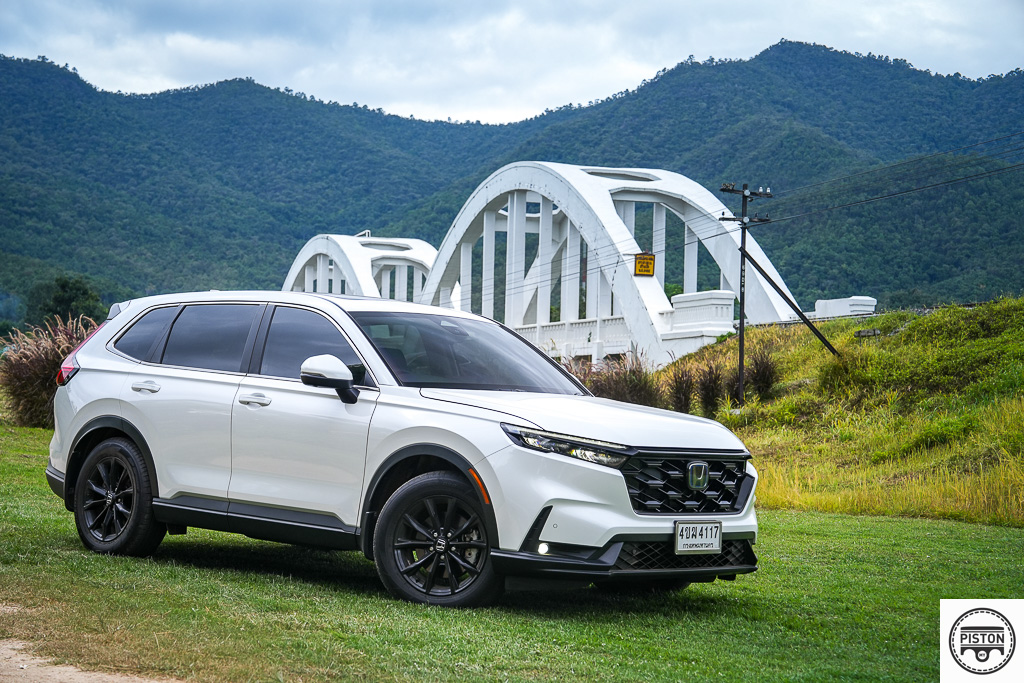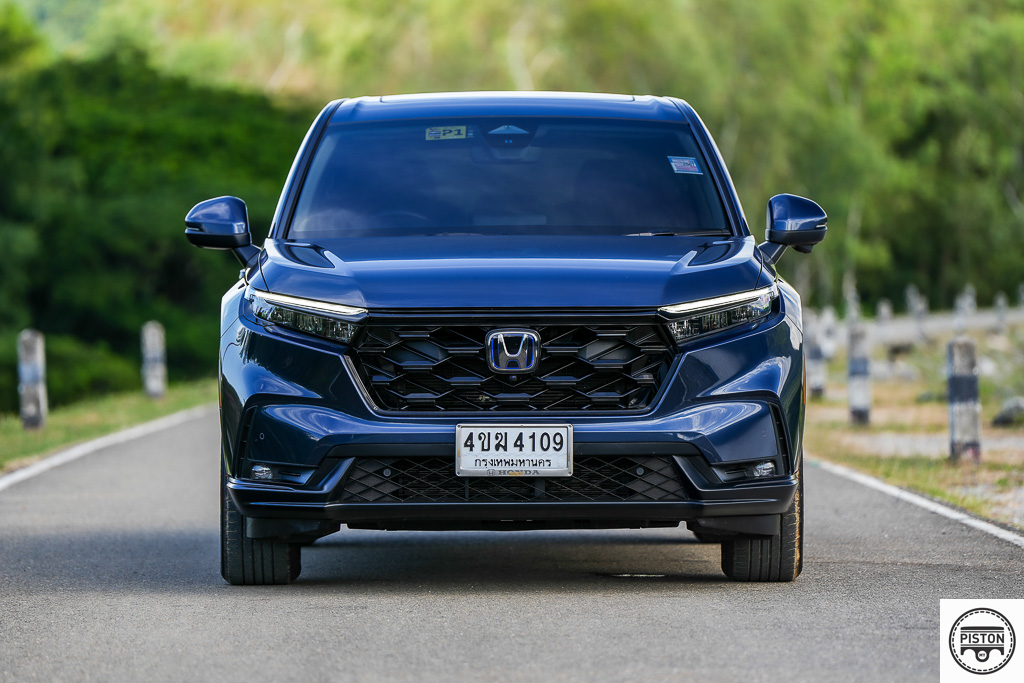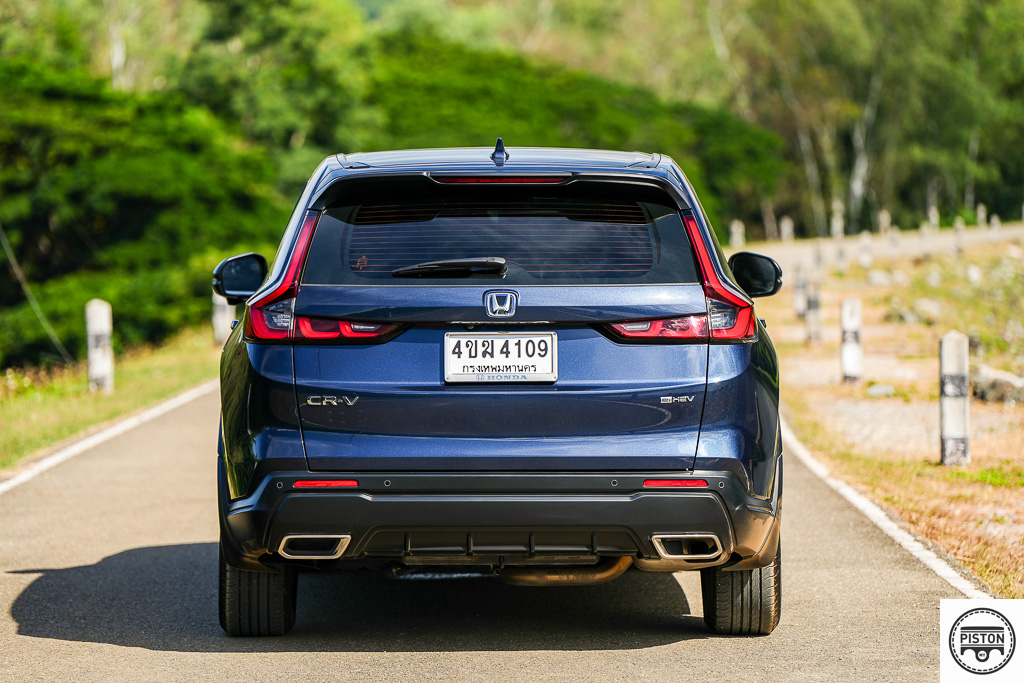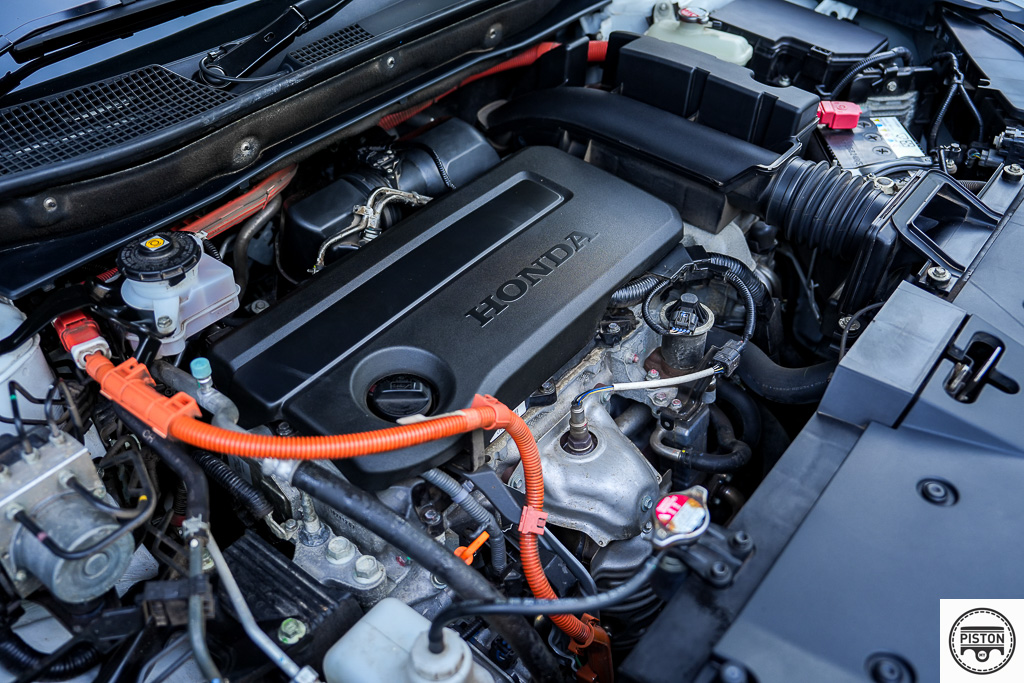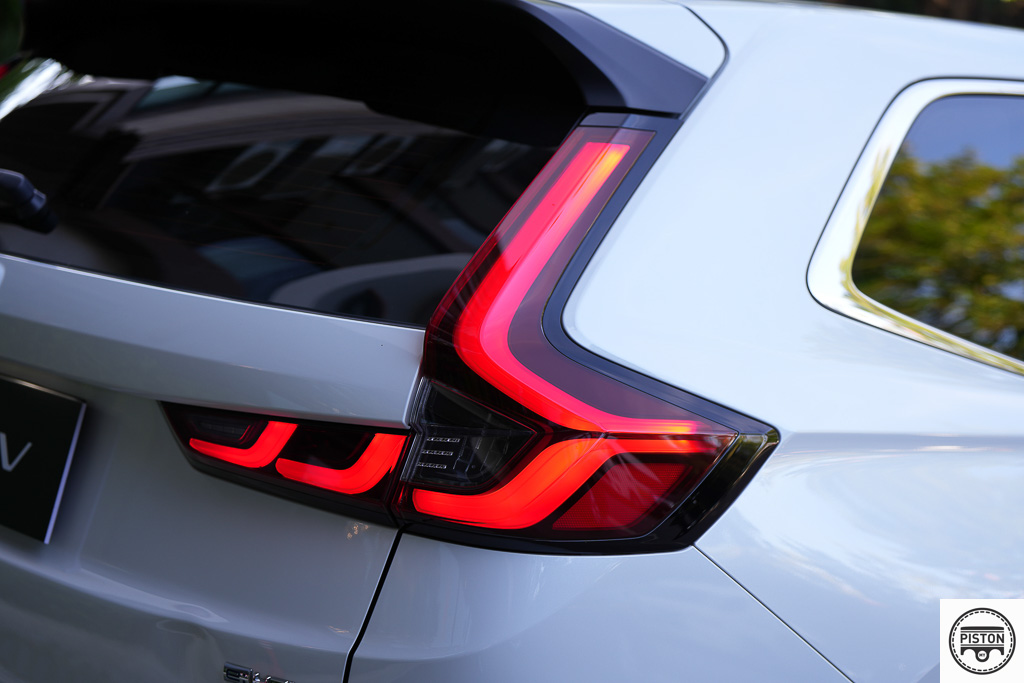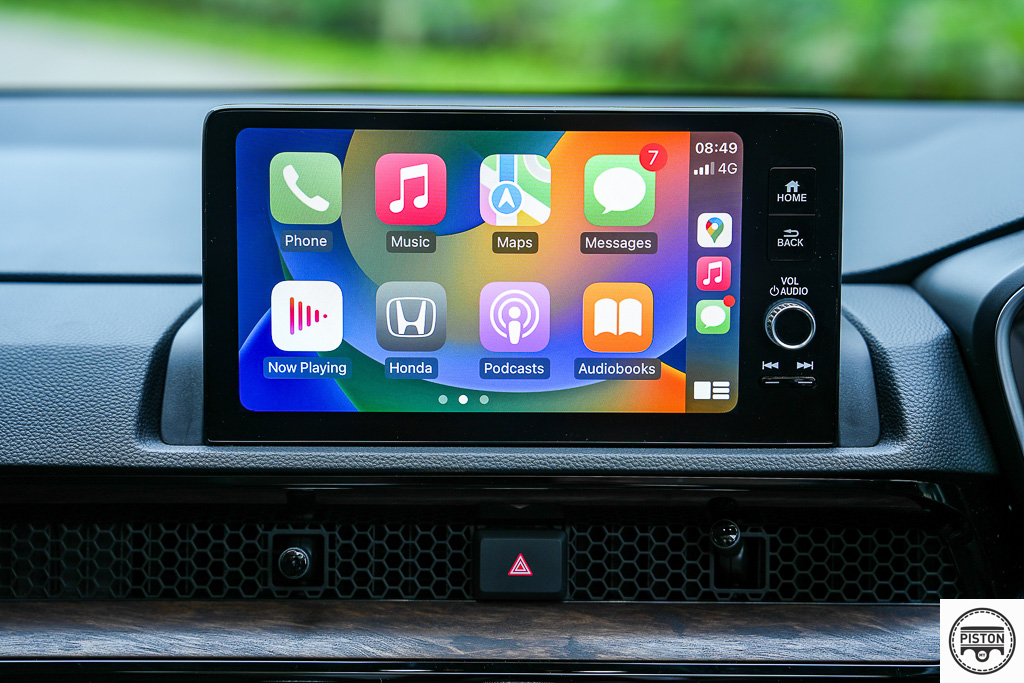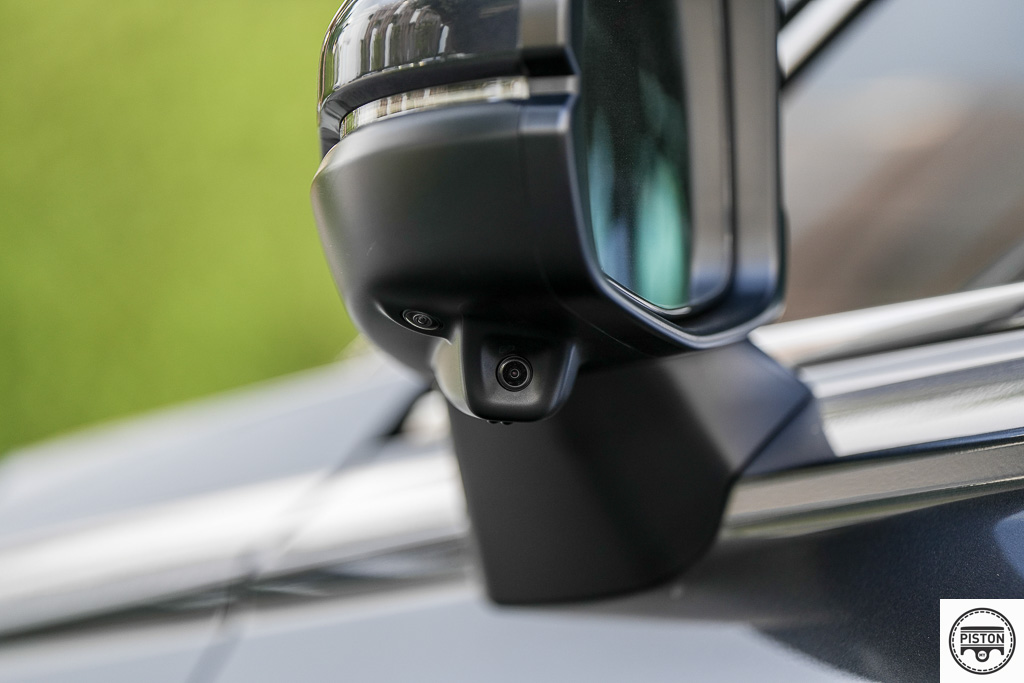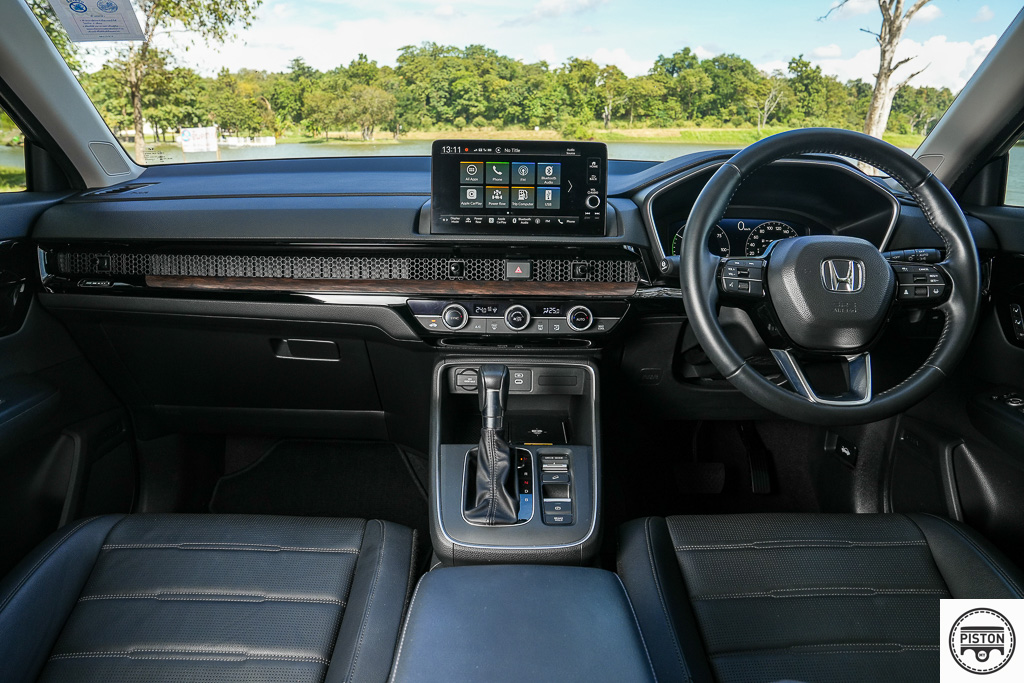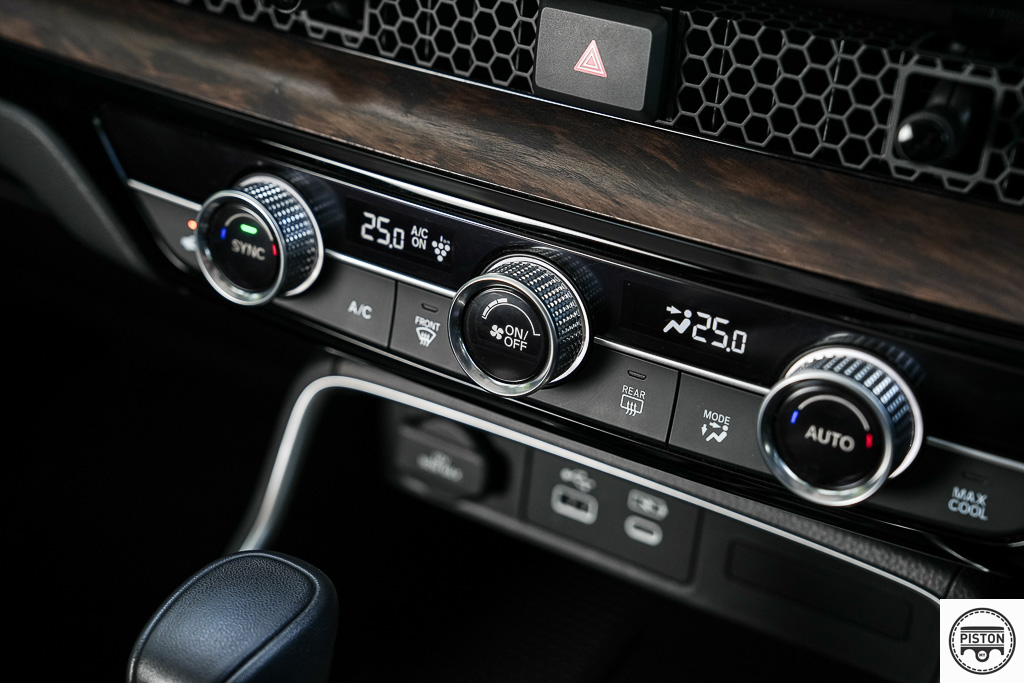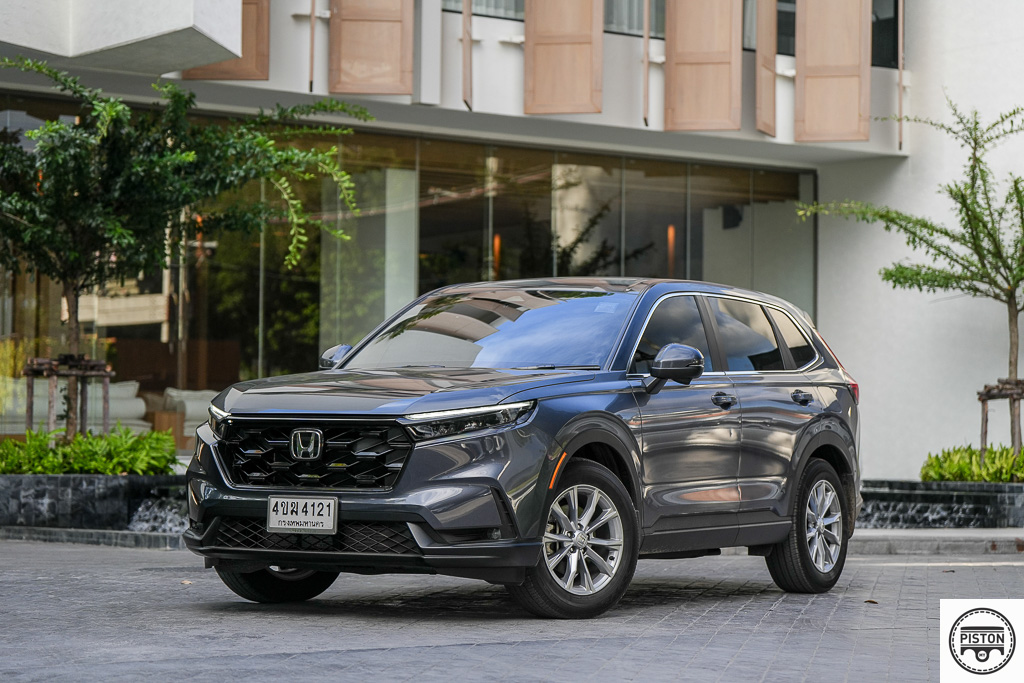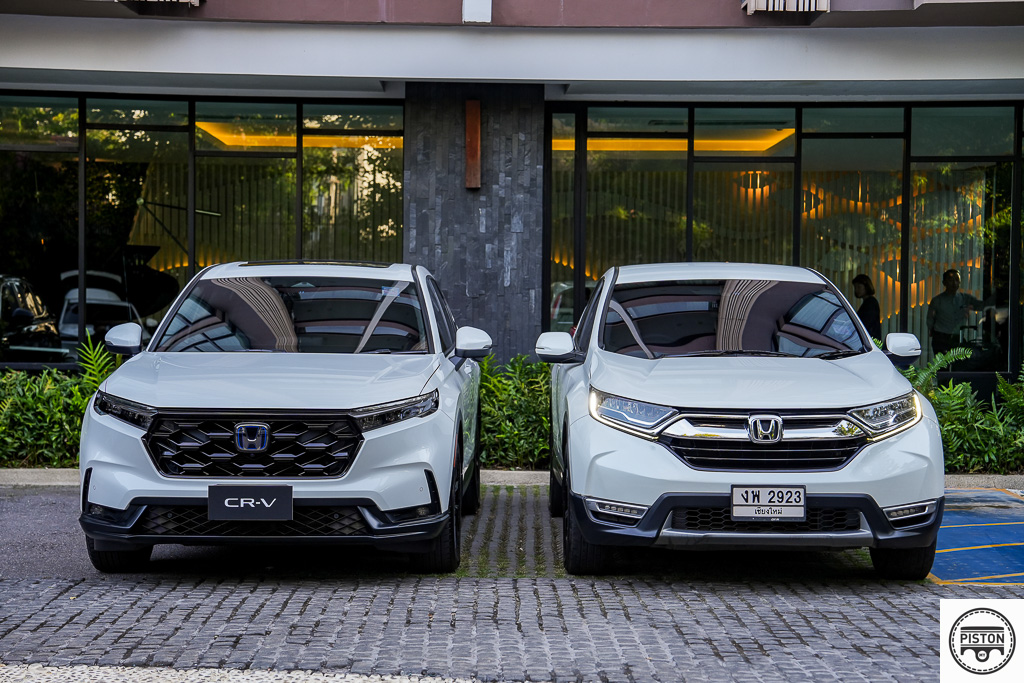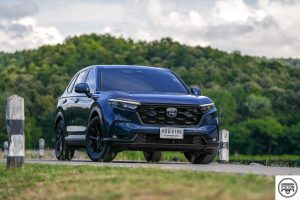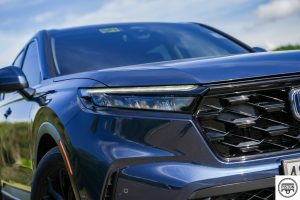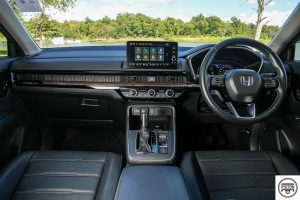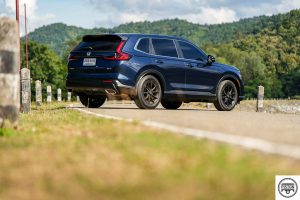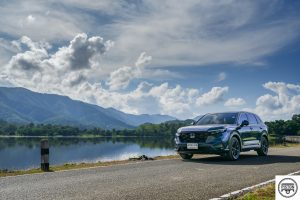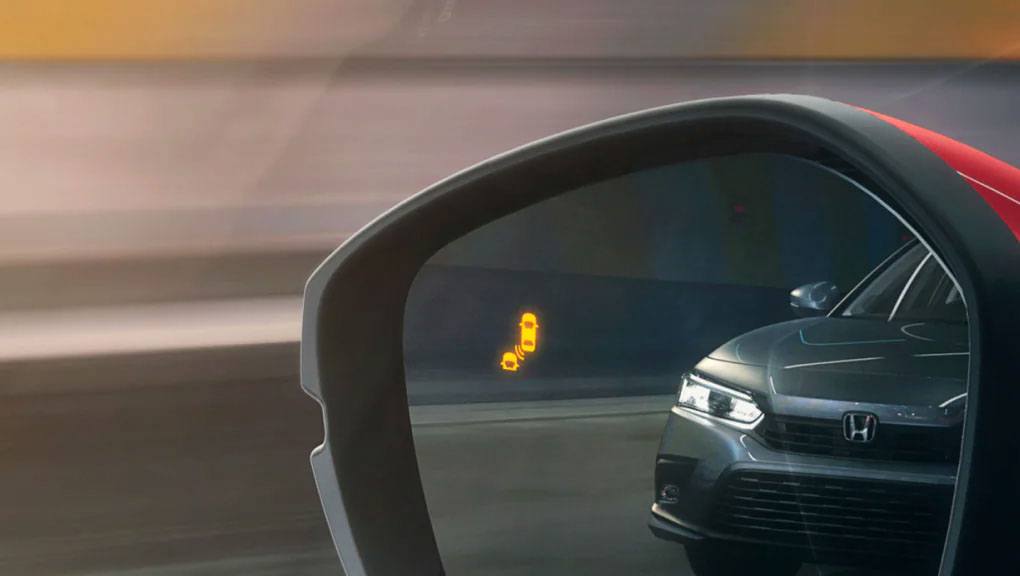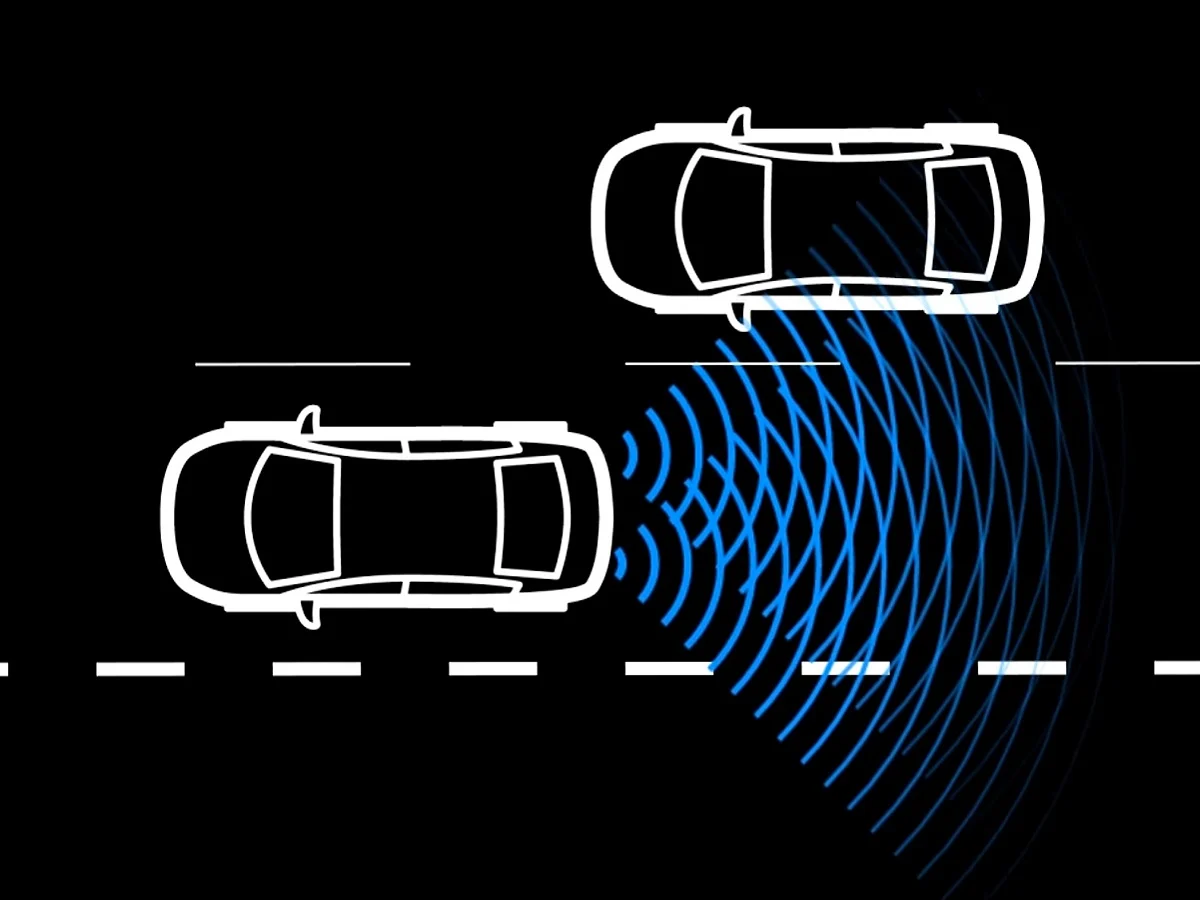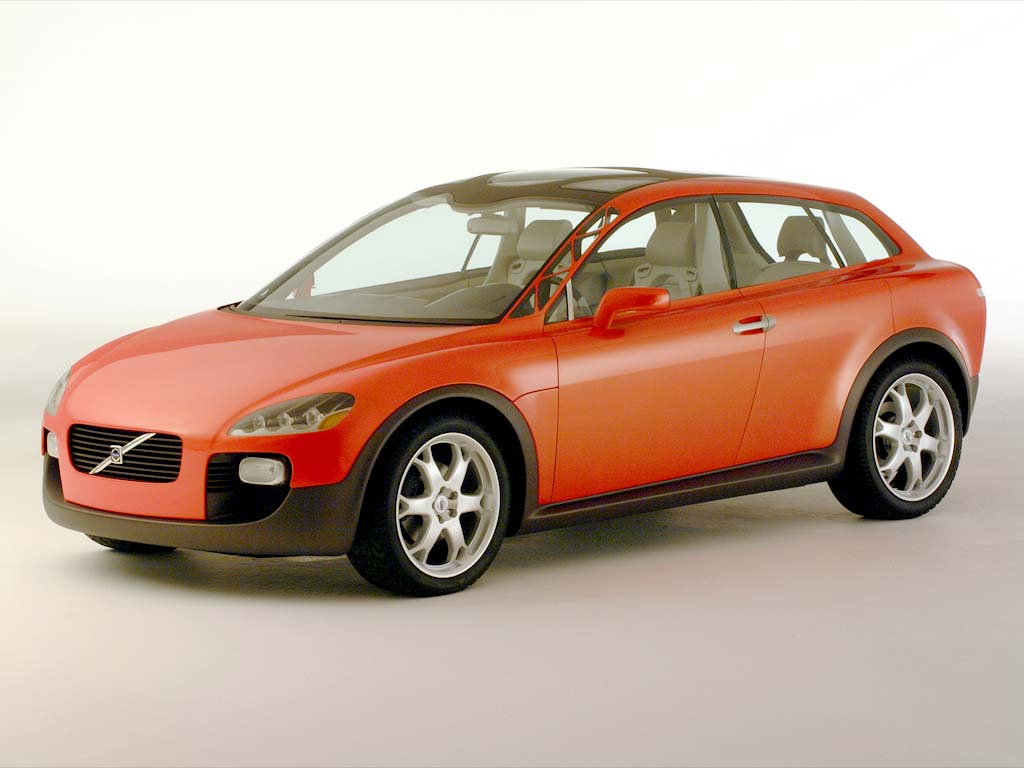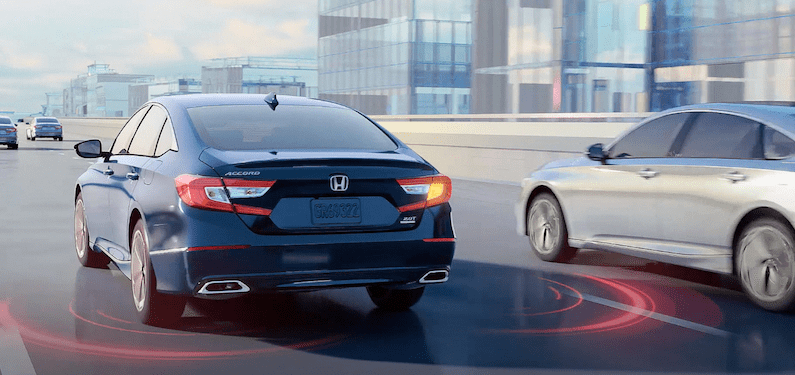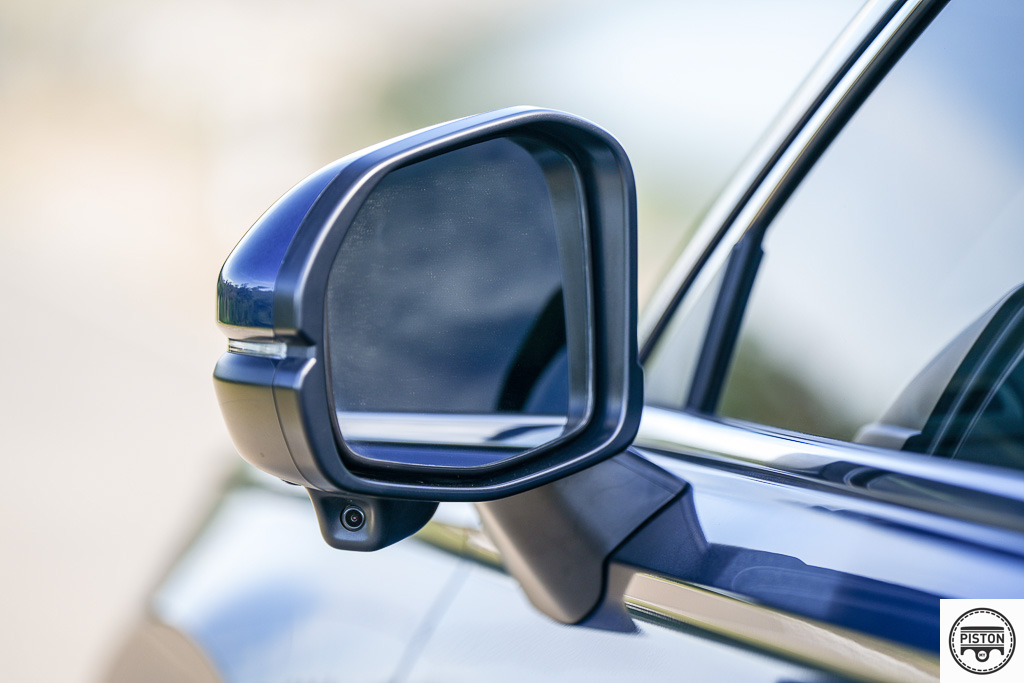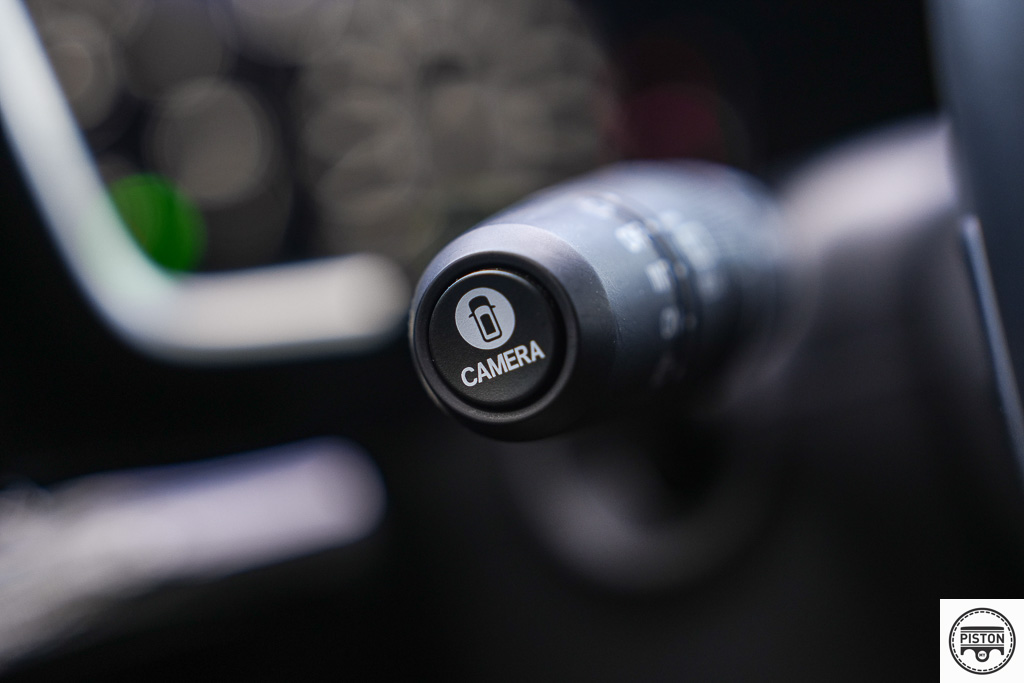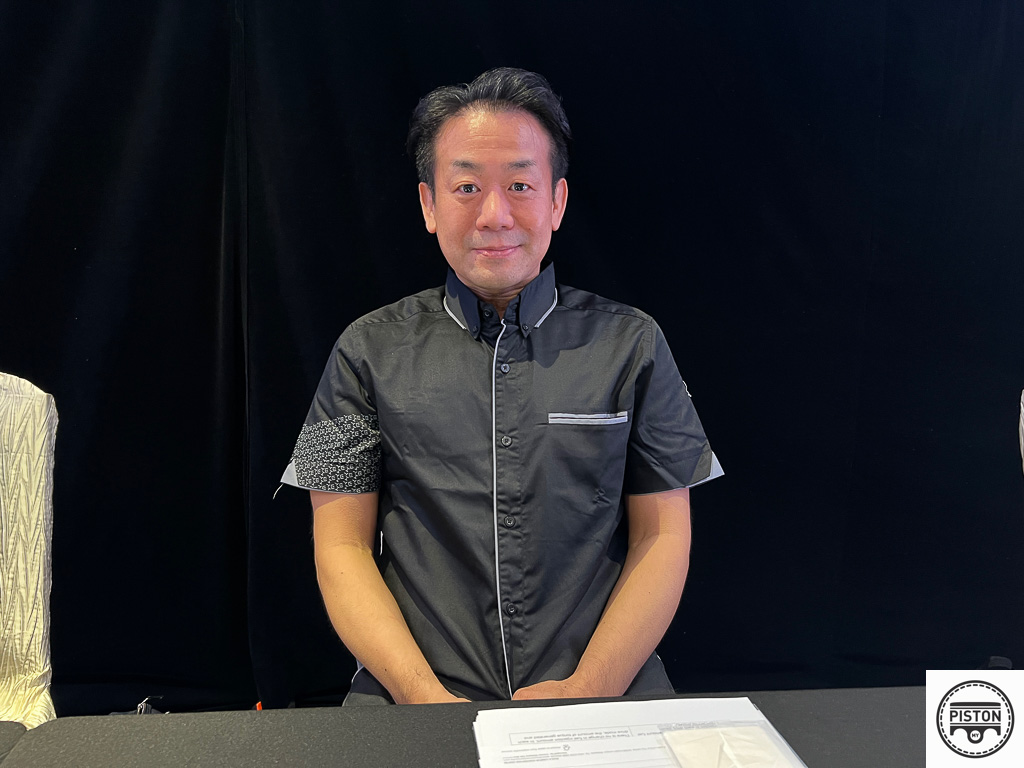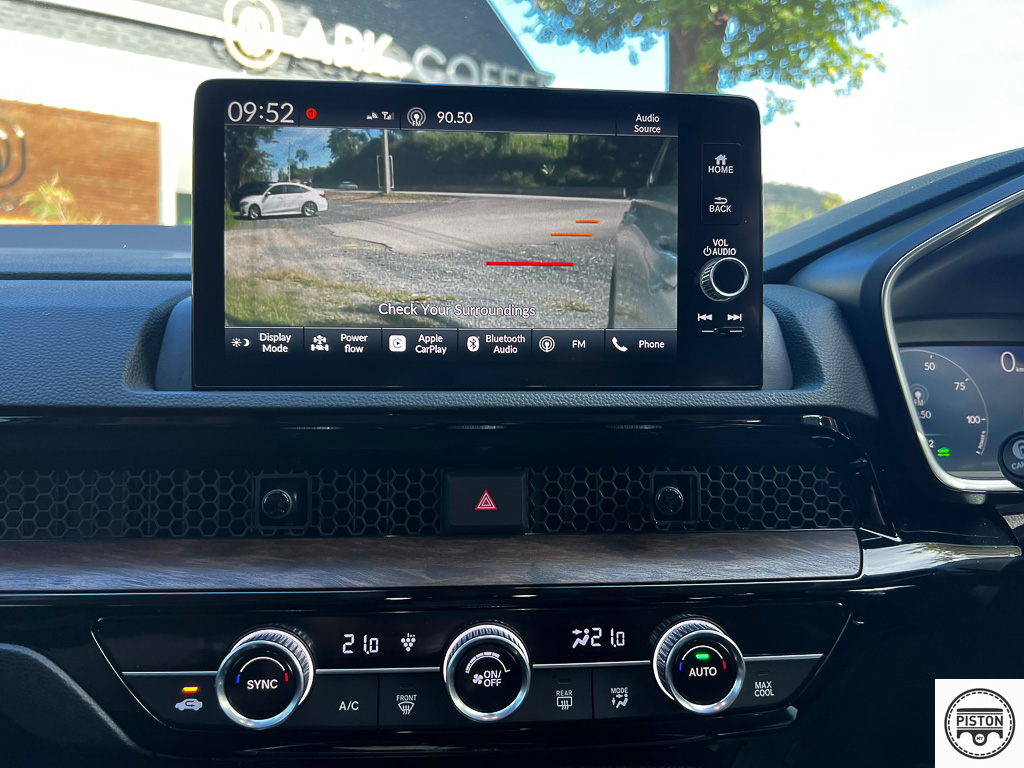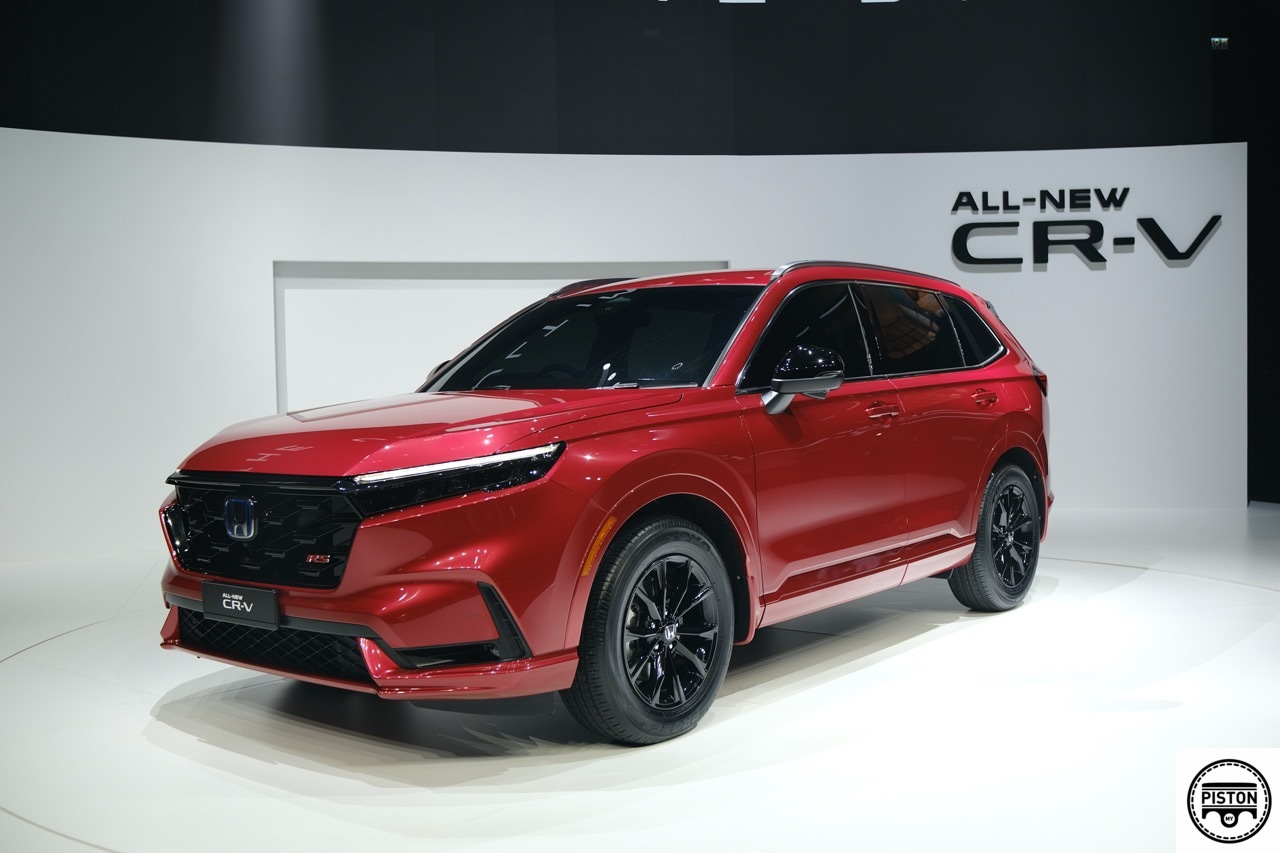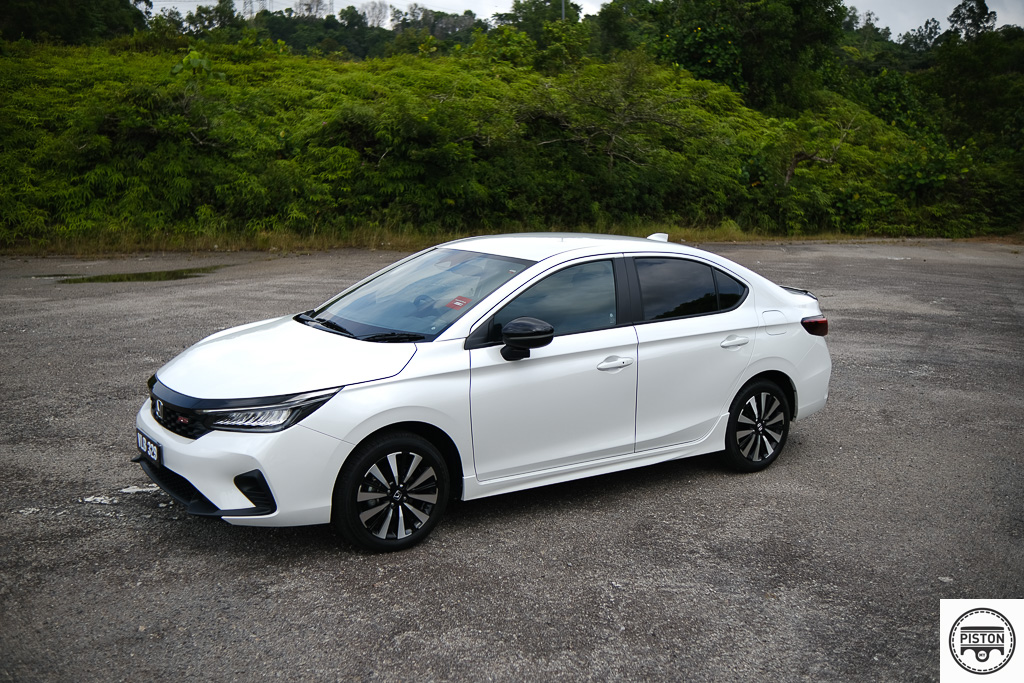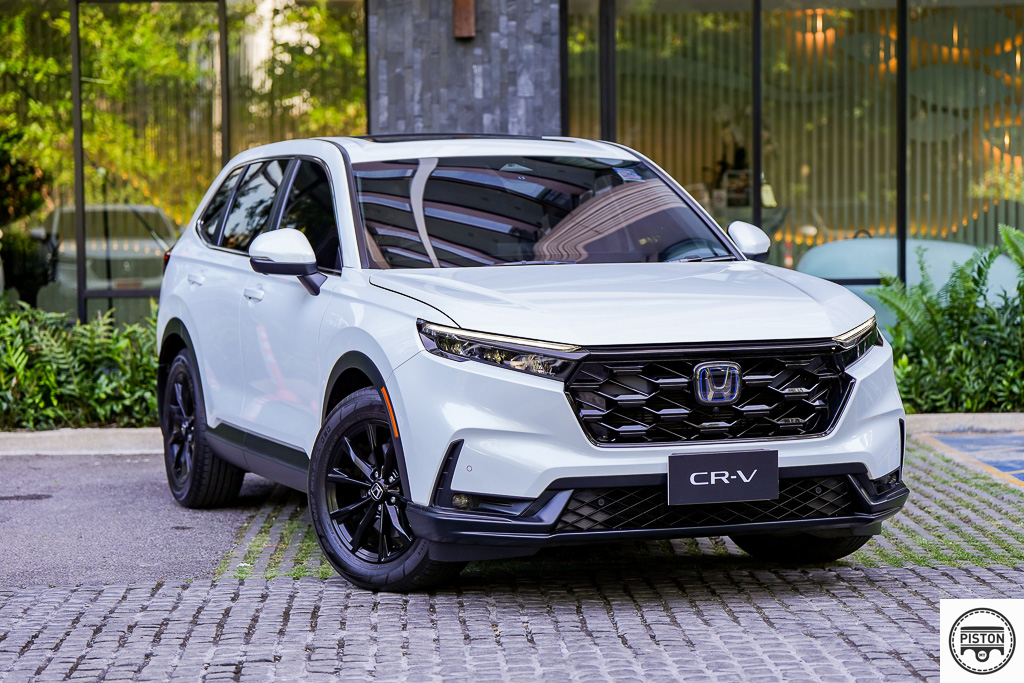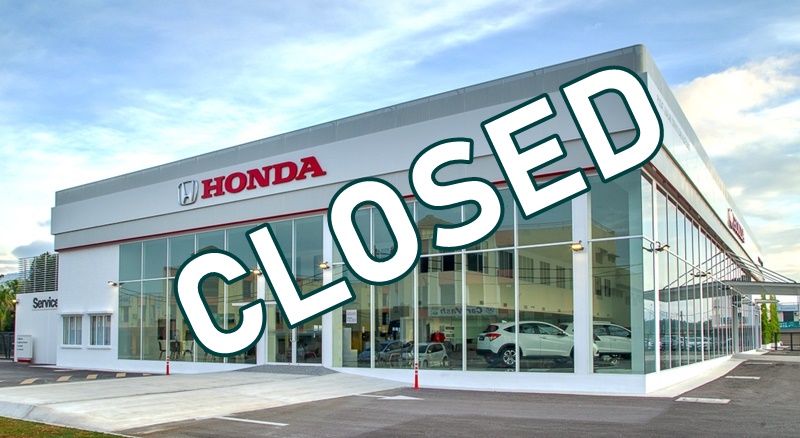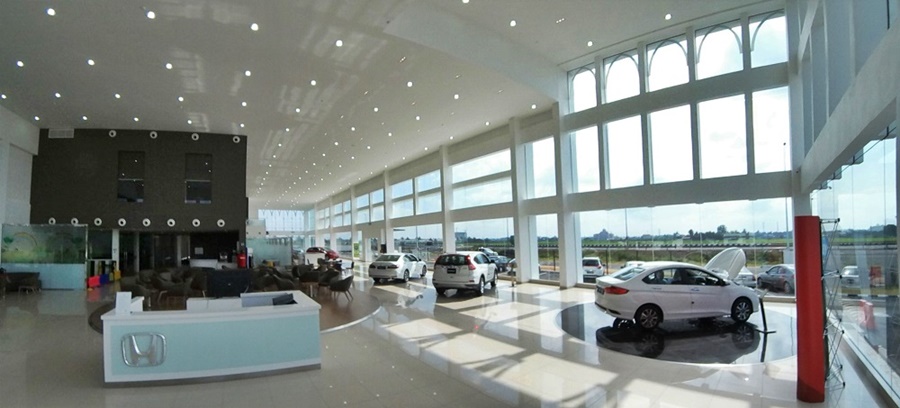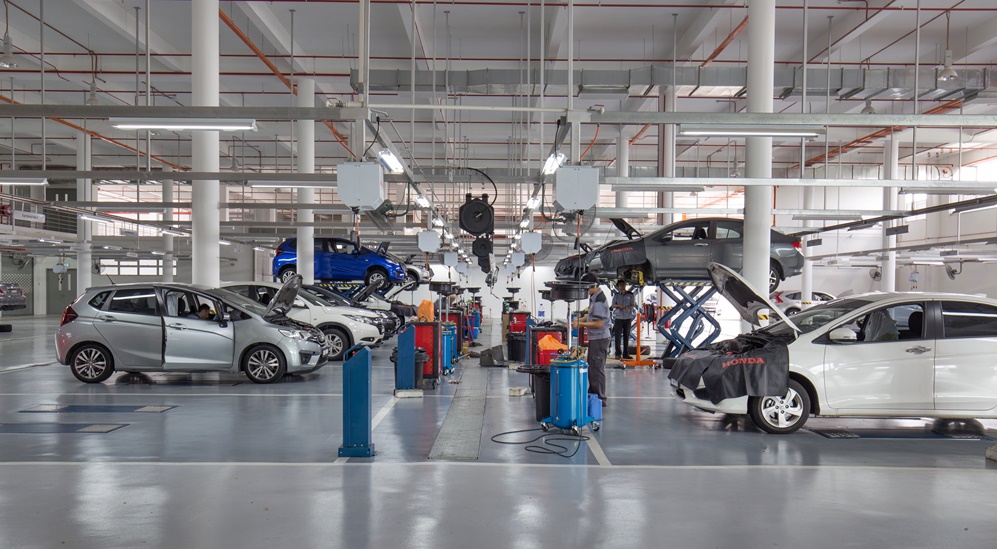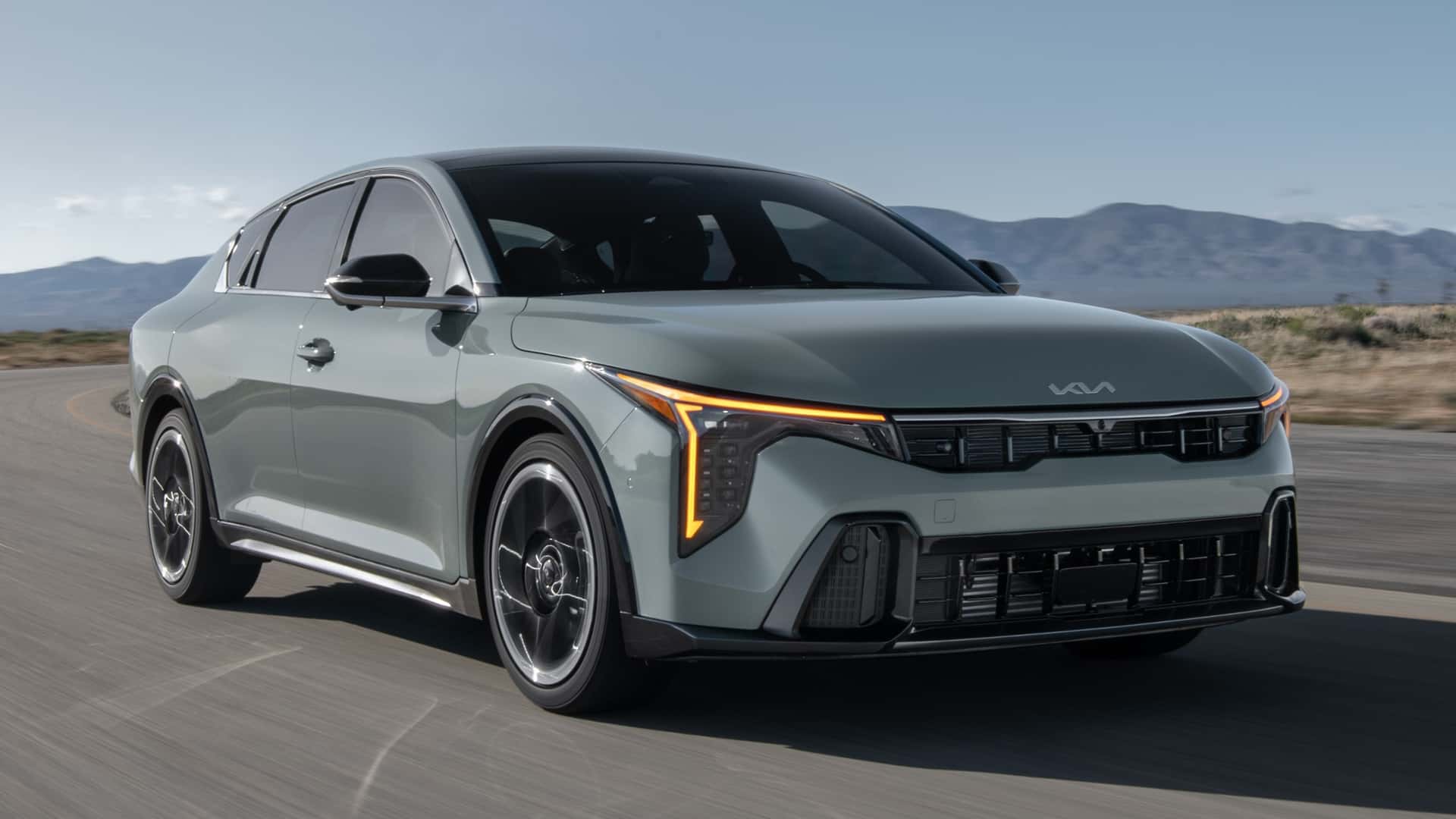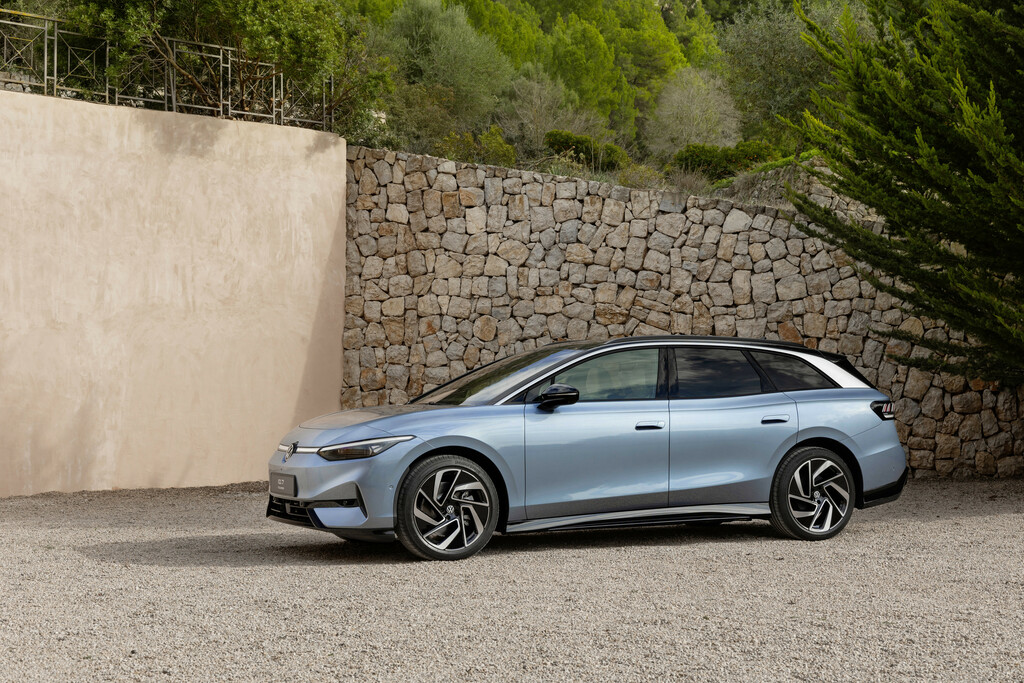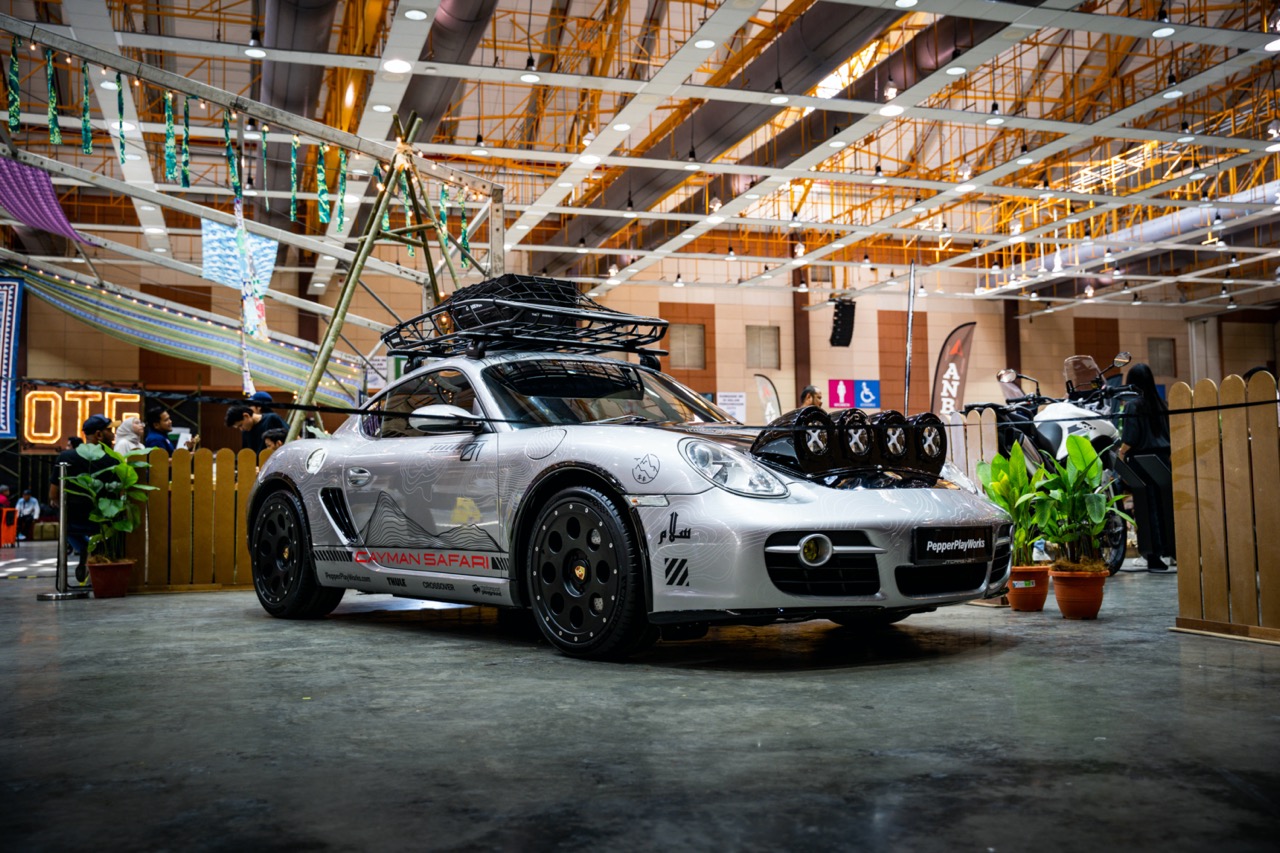Honda Malaysia introduced the highly-anticipated all-new CRV at the end of 2023, and it created quite a stir.
The all-new CRV is better in every sense of the word – bigger, more intelligent, better looking and safer than ever.
However, during the launch last year, Honda Malaysia only introduced three variants:
1. The V variant
This sits below the flagship model and is priced at RM181,900.
2. The E variant
This is the mid spec model is priced at RM169,900.
3. The S variant
This is the entry level model that is priced at RM159,900.
The one model that was missing during the launch was the model that everyone was looking forward to, the e:HEV RS.
Honda Malaysia said that it will announce the price of the e:HEV RS in early 2024, and now the time has come.
The highly-anticipated e:HEV RS model is priced at RM195,900, which is a shockingly good price for a car that many expected to cost upwards of RM210,000.
You also get quite a lot for the price.
The all-new CRV e:HEV RS is powered by a 2.0-litre hybrid powertrain that makes 184PS and 335Nm of torque.
It sends power to the front wheels through a e-CVT transmission, but that is just Honda speak for “there’s no transmission in the traditional sense and power is sent directly to the motors”.
In terms of aesthetics, the all-new CRV is quite a looker, especially in this RS trim.
The LED headlights and tail-lights are to be expected and are complemented by LED sequential turn signals at the front, and active cornering lights that illuminate blind spots when cornering.
Inside, it is completely unrecognisable as a CRV but stays in line with the current Honda design language. The dashboard, placement of buttons and even the steering wheel is similar to the Honda Civic.
A nine-inch infotainment screen dominates the centre of the dash and gives you access to Wireless Apple CarPlay and Android Auto. And for the first time for a Honda in Malaysia, music is played back to the cabin via a 12-speaker Bose sound system, which is only available in the flagship e:HEV RS model.
The driver also enjoys a eight-way powered seat with memory function, head-up display, a wireless charger, two USB ports in the front and rear while the rear passengers can get comfortable with ample legroom and sliding seats that can recline with eight different angles.
Safety is of course the name of the game for any family mover and the CRV e:HEV RS delivers in this aspect as well. The comprehensive safety package includes eight airbags with two knee airbags, a 360-degree camera, Honda LaneWatch and Honda Connect.
The new CRV e:HEV RS also boasts nine Honda Sensing functions including Adaptive Driving Beam.
And being well-adapted for families, the all-new Honda CRV also offers great practicality with a class-leading 598-litres boot capacity. There is also a hands-free powered tailgate with Walkaway Close function, which basically means you can simply walk away from the car, and as long as the key is with you, the tail-gate will close automatically.
We drove the all-new Honda CRV e:HEV RS in Thailand before its launch and were particularly impressed with how smooth it was. We later found out that this was down to new body stabilising seats that are more comfortable than ever, and the new CRV also has wheel resonators that practically munch all vibrations before they reach the cabin, giving you an impressively smooth ride.
You can read our full review of the all-new Honda CRV e:HEV RS here, or watch the video below.
(more…)

